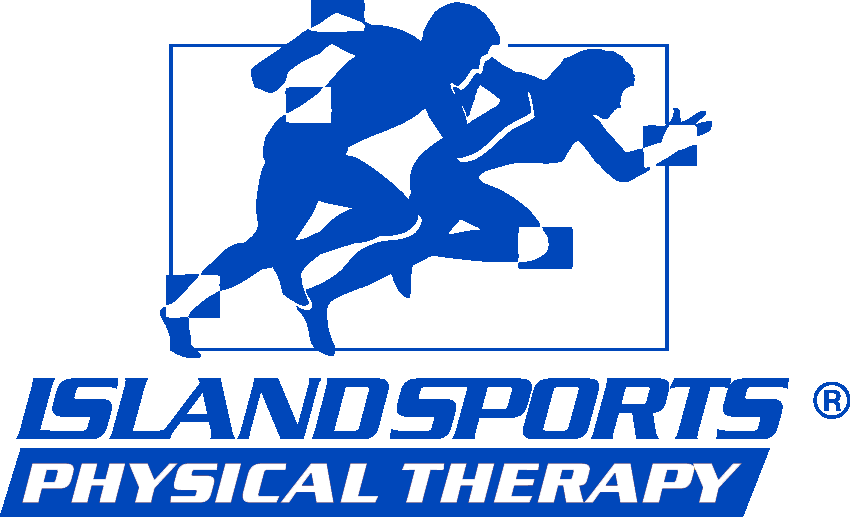What is a S-I Joint Dysfunction?
What is a S-I Joint Dysfunction?
The sacroiliac joint lacks the motion of elbow and knee joints, yet it sustains injury far more frequently. In comparison to other joints the sacroiliac joint is reinforced by ligaments and is very sturdy, which begs the question of why a joint that is well protected is prone to damage. When we move, lift objects, or are impacted our back serves as a pivot for our body and helps us retain our balance. The lower back or sacral region is the axis of our balance and the joints which hold it in place receive a tremendous about of shock from impact.
For the sacroiliac joint to dysfunction you would need to have an immoderately low or high amount of regular pressure being put on your lower back. By moving infrequently or being in constant motion you may cause dysfunction in your sacroiliac joint. The amount of pressure being put on the sacroiliac joint decides whether or not it will dysfunction, aside from pregnancy increasing risk of sacroiliac joint dysfunction there is no known medical condition that this dysfunction is derived from.
There are several methods of treating sacroiliac dysfunction and the most commonly recommended treatment is physical therapy. A medical professional can administer cortisone injection followed by a numbing agent to reduce the pain and inflammation in your joint. Cortisone is a steroid hormone released by your adrenal glands and may cause a rise in blood sugar or an infection. Physical therapy may require more dedication, but it presents no immediate health risk and not only can physical therapy correct sacroiliac dysfunction it can assist with strengthening the joints to prevent future injury.
If you are looking for qualified physical therapists and service local to Long Island, then consider contacting Island Sports Physical Therapy. With six locations throughout Long Island and an expansive variety of services Island Sports Physical Therapy can assist you with any injuries and complications.

